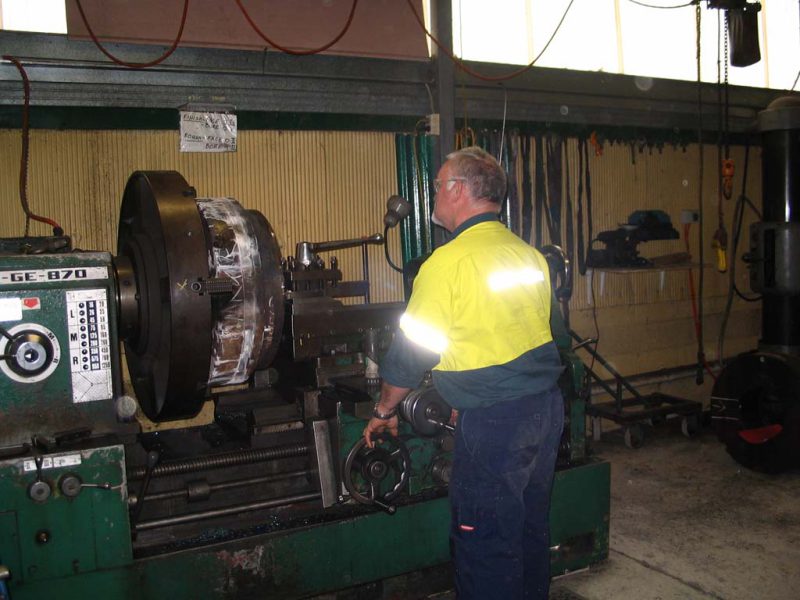Low Volume, Big Impact: Steel Prototype Development in the Product Life Cycle
11 March 2024
Unlock the impact of steel prototype development in the product life cycle. Explore how low-volume prototype production drives innovation and market success.
Steel prototype development is highly significant in the product life cycle since it offers manufacturers a cost-effective and efficient way to test and refine their designs before full-scale production. While traditional manufacturing processes typically require high volumes to be economically viable, low-volume steel prototyping allows companies to iterate quickly, reduce time-to-market, and deliver innovative products that satisfy customer needs.
The Process of Steel Prototype Development
Steel prototype development refers to the process of creating preliminary models or samples of a product using steel as the primary material. These prototypes are produced to test the design, functionality, and performance of the product before full-scale production begins.
This iterative process helps manufacturers save time and resources by addressing problems at the prototype stage, which leads to the creation of high-quality products that meet customer requirements and market demands. It typically involves various techniques such as machining, welding, and additive manufacturing to produce accurate representations of the final product.
Low-Volume Steel Prototyping: Main Benefits
With low-volume steel prototyping, manufacturers can expect to gain the following benefits.
• Faster Iteration: With low-volume steel prototyping, designers and engineers can quickly iterate and refine product designs based on real-world testing and feedback. This agile approach accelerates development and reduces time-to-market, giving companies a competitive edge.
• Low Costs: By producing a small number of steel prototypes, manufacturers can minimise initial investment and tooling costs compared to mass production methods. It allows them to explore new ideas and concepts without committing to large-scale manufacturing runs.
• Maintained Quality: Steel prototypes provide an opportunity to identify and address potential design flaws, manufacturing defects, and performance issues early in the development cycle. By testing prototypes in real-world conditions, manufacturers can ensure product reliability, durability, and safety before producing the products on a full scale.
• Customisations: Low-volume steel prototyping enables manufacturers to create customised or bespoke products tailored to specific customer requirements, allowing them to target niche markets, meet individual preferences, and differentiate their offerings in a crowded marketplace.
Challenges of Low-Volume Steel Prototyping
While low-volume steel prototyping offers many benefits, it also presents some challenges.
First, lead times can still vary depending on the complexity of the design, availability of materials, and production capacity. Speaking of materials, the desired properties of parts and products like strength, ductility, and corrosion resistance may still depend on the type of steel alloy. Failure to select the right manufacturing processes can likewise affect the quality of the prototypes. When picking one, manufacturers must account for the complexity, size, and volume of their prototypes.
Manufacturers should, lastly, conduct a cost-benefit analysis to determine the optimal volume for steel prototyping based on project requirements, budget constraints, and market demand. Skipping this crucial step will only lead to excessive spending.
Major Uses of Low-Volume Steel Prototyping
Reds Engineering can serve many industries with its low-volume steel prototyping.
For one, the automotive industry can utilise prototyping to produce chassis, body panels, and engine parts and evaluate their performance, fit, and finish before mass production. Prototyping can also be used by the aerospace field to test aircraft components, structures, and systems. Even consumer electronics devices like smartphones, tablets, and wearable gadgets can be prototyped, allowing companies to refine features, user interfaces, and aesthetics. Finally, the medical industry can maximise prototyping to develop and test medical devices, implants, and instruments.
Optimized by: Netwizard SEO

